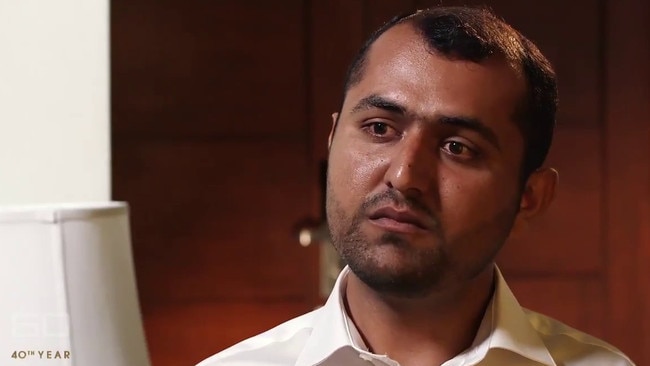Activists may have funded the filming of live export cruelty expose
It has emerged that the person who provided film of live sheep exports may have been paid for the video, raising questions about whether or not activist groups are funding whistleblowers — and if this should change how we view that footage.

Opinion
Don't miss out on the headlines from Opinion. Followed categories will be added to My News.
Activists imagine wrongdoing wherever they see profits. For example, climate change activists will never accept contrary evidence on global warming from anyone who has ever worked for a fossil fuel company.
In their view, that evidence would be tainted by money.
Similarly, vegan groups would not countenance any dietary findings from anyone who has ever worked for a fast-food business.
Again, those findings would be tainted by money.

But what if activist groups themselves are providing the profits? What if activist groups are funding whistleblowers in targeted industries?
Those questions are raised by a report in The Daily Telegraph which details the background behind last year’s live export cruelty scandal.
That scandal began with footage, shown on Nine’s 60 Minutes, depicting sheep suffering heat stress during cramped voyages to the Middle East.
Intense reaction to the footage led to calls for a live export ban and a decision by livestock exporters to stop the trade of live sheep for during this year’s northern summer.
But it now emerges that the key whistleblower behind the scandal may have received payments for his footage.

Bank statements show that star whistleblower Fazal Ullah received more than $38,000 in payments between June 2017 and June 2018 from Australian bank accounts.
Additionally, emails sent to a different ship worker by activist group Animals Australia promised money for suitably graphic footage from “any of the vessels doing Middle East runs”.
The email sent to the worker lists “key things we are seeking to have filmed” beginning with “heat stress — this is sheep with their mouths open”.
The email also sought footage of “piles of dead sheep the larger the better — but even a pile of three is worth filming”.
Animals Australia has denied facilitating payment to Ullah, but something of a profit motive appears to be involved in securing these kinds of images.
This does not mean that last year’s footage was inaccurate or deceptive. Not at all.
But it certainly does place activists in a curious ethical position regarding payments.
In certain cases, apparently a profit motive is not such a bad thing after all.
FOR BRIDES, WHO’S SARI NOW?
There is no rule against wedding dresses being other than white, but tradition can be just as binding as any legislation. Indian wedding saris, for example, typically tend towards red, orange and crimson.

And now Australian wedding dress designers are taking a cue from the subcontinent. Gowns on show at this weekend’s Ultimate Bridal Event in Sydney will feature all manner of colours.
“A wedding gown is about self-expression,” notes celebrated dress designer Vera Wang.
Good call. Seek the hue that is you.
FLAVOURLESS FUTURE AHEAD
According to climate activists, the maximum acceptable amount of meat consumed per person every day is just 14 grams.
That is about the weight of one CD. Or the weight of an appropriate amount of sauce on a decent cheeseburger.
On the downside, this diet would not exactly be a riot of flavour.
But on the upside, your entire meat bill for future Australia Day barbecues could be covered by spare change.


Climate activists also want to bring about global veganism by the year 2050, as a way of preventing global warming.
“Strong evidence indicates that food production is among the largest drivers of global environmental change by contributing to climate change,” scientist Tamara Lucas writes in UK medical journal The Lancet.
“Healthy diets have an appropriate caloric intake and consist of a diversity of plant-based foods, low amounts of animal source food.”
Duly noted.
We’ll have one Wagyu beef steak sandwich with the lot, please. Extra bacon. Grilled onions. Hold the lecturing.
